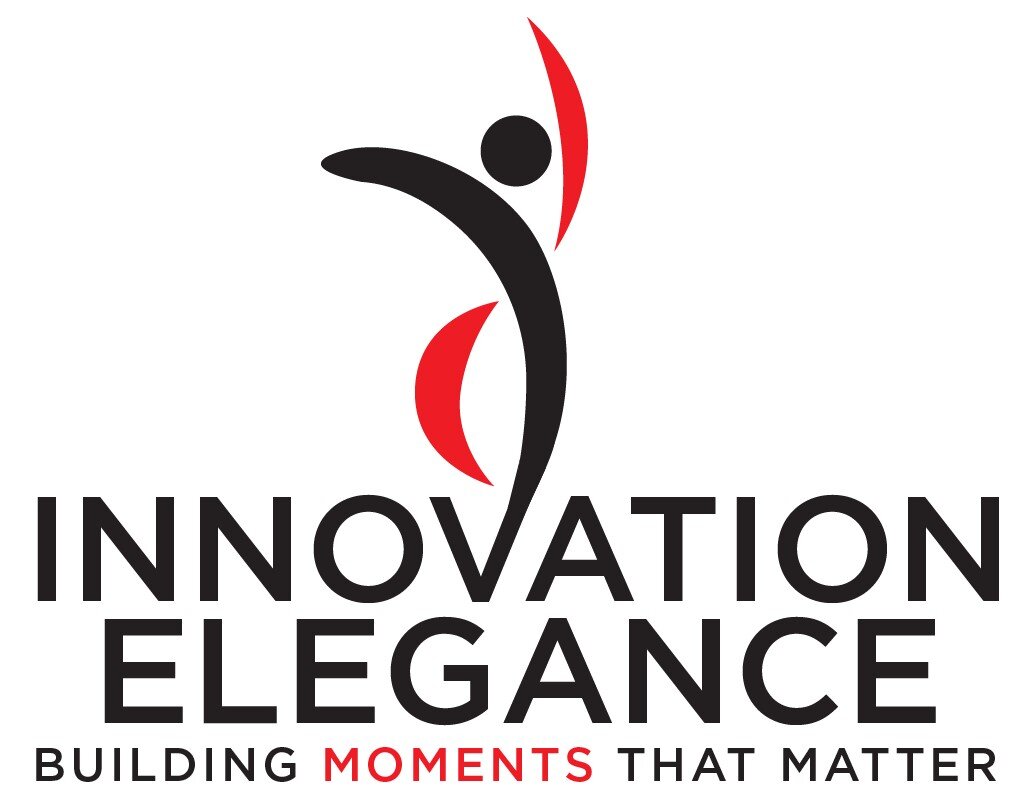Realistic Benefits In Your Business Case
A recent innovation forum I attended posed the question, “How do you ensure the benefits in your business case are realistic?” I believe that when countless intelligent, skilled professionals find a question difficult to answer, I believe you have to pose a different question to progress toward bigger goals. I believe this question about benefits serves the bigger goal of prioritization. Instead of emphasizing the absolute benefits of a single project, I believe it’s more valuable and constructive to emphasize relative benefits across projects.
It’s easier to have confidence that your relative benefits are realistic, and I believe you don’t lose any information for decision-making. What’s most important is that your teams are working on the right things – the most valuable projects.
As the forum pointed out, critical inputs often change during a project, such as market conditions, the project sponsor, and rampant optimism bias. When this happens, the expected benefits change. If they change so much that a project’s relative value, ranking, or whole value proposition plummets or disappears, pause or cancel the project. There’s no crime in being responsive to new information. It’s a crime to ignore new information, expectations, and perceptions. It’s counterproductive and a crime to allow simplistic, crystalball calculations to cause stress, steal brainpower from employees, and hurt the speed and quality of the work.
Another common reality is that incentives to be optimistic or conservative in benefits expectations change during a project. Before a project is approved, employees might have a strong incentive to state high benefits. Late in a project, employees might have an incentive to set low expectations about benefits. This reality hurts the integrity of decision-making, accountability, and consequences for prioritization.
Instead of sweating accuracy and precision of numbers, teams should sweat whether they start, complete, and prioritize the right projects. Do whatever project-specific calculations you need to demonstrate pragmatism over a pet project, but agreement and consequences about single project calculations are much less important than simply doing the right projects. Often, even if early calculations are wrong, the team wouldn’t – or shouldn’t – do anything differently.
The vehicle to do the right projects is the roadmap. Re-align on your innovation roadmap monthly. Be transparent and inclusive without jeopardizing corporate secrets. Transparent prioritization is a goal that is realistic, disciplined, and empathetic. Instead of getting calculations right, just do the next right thing.
I welcome your reactions, feedback, and ideas!



